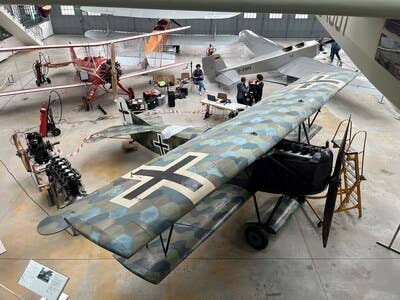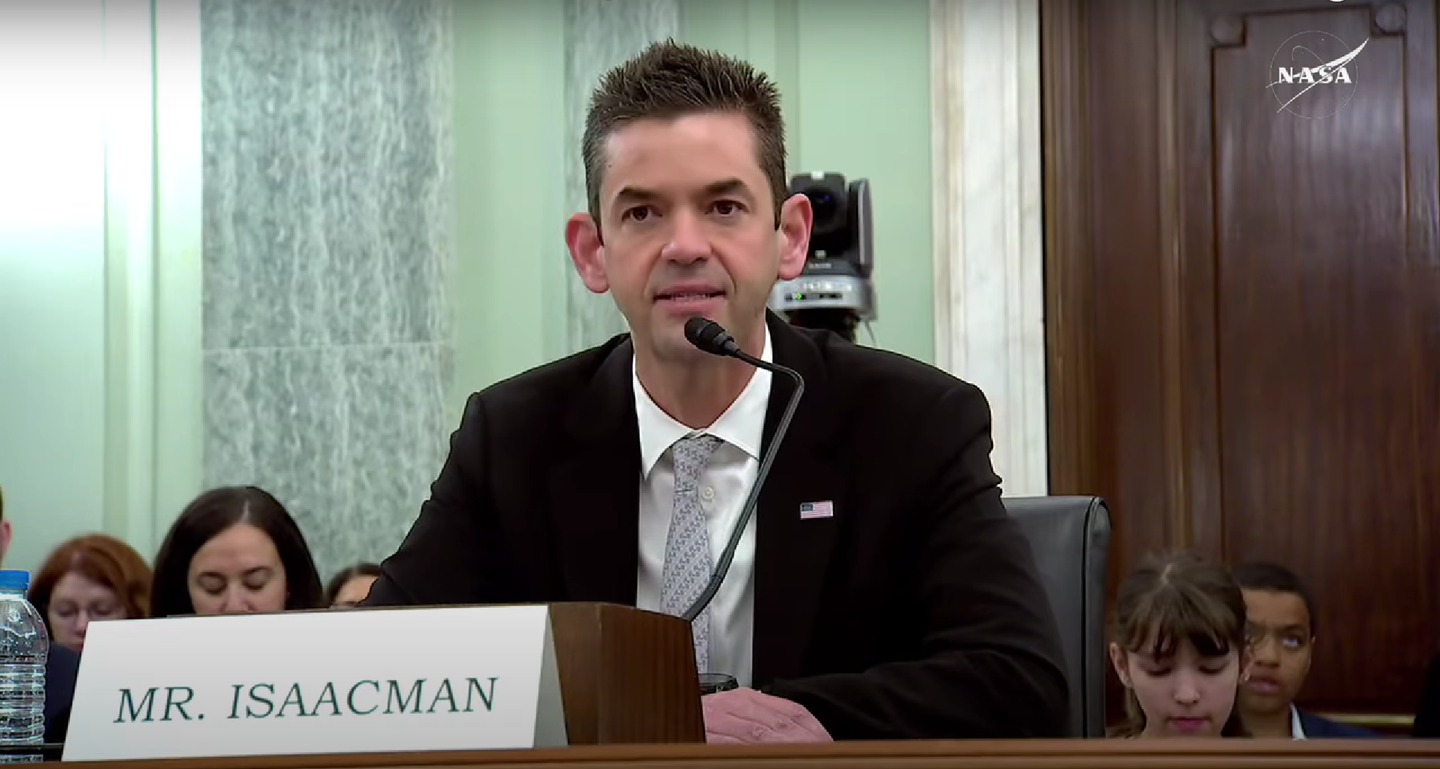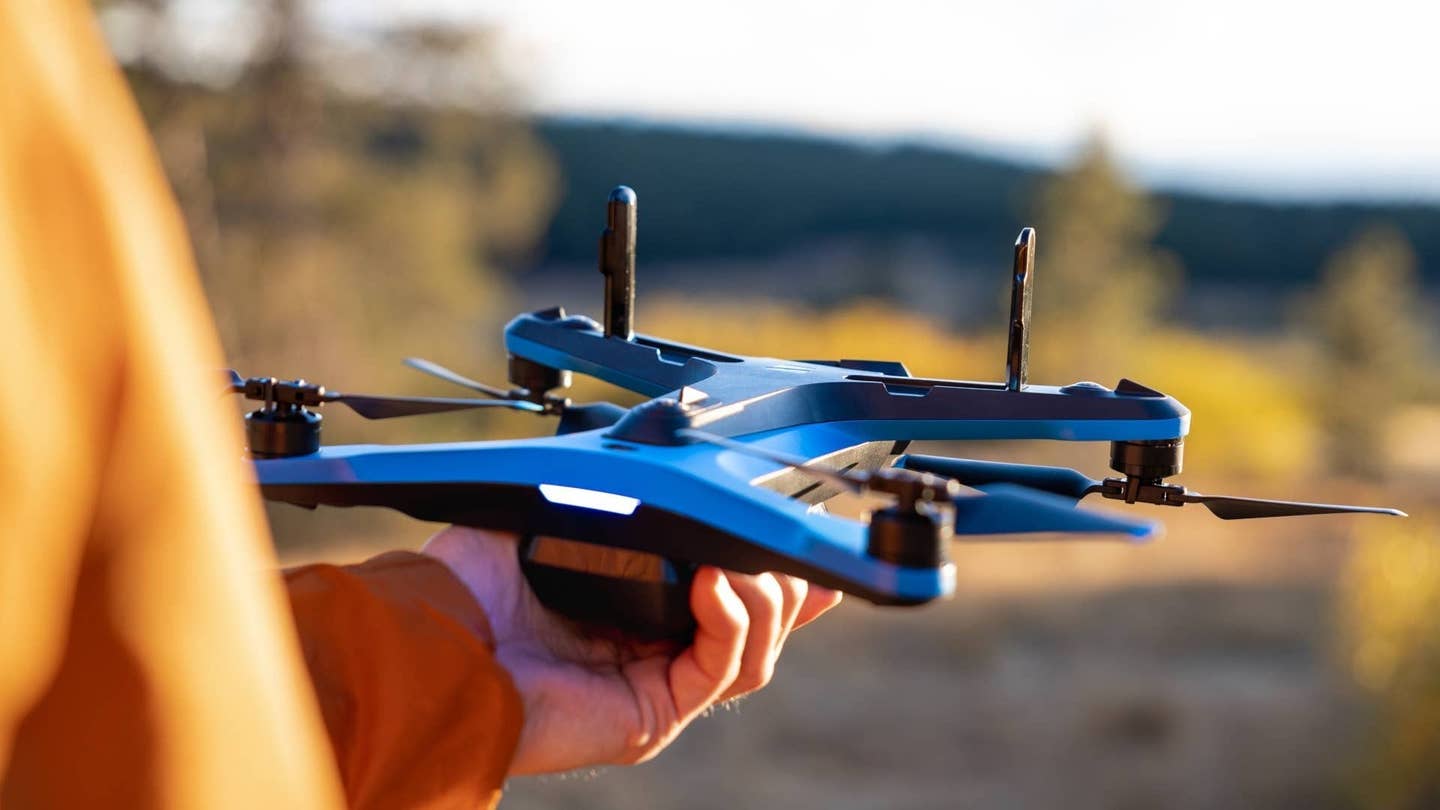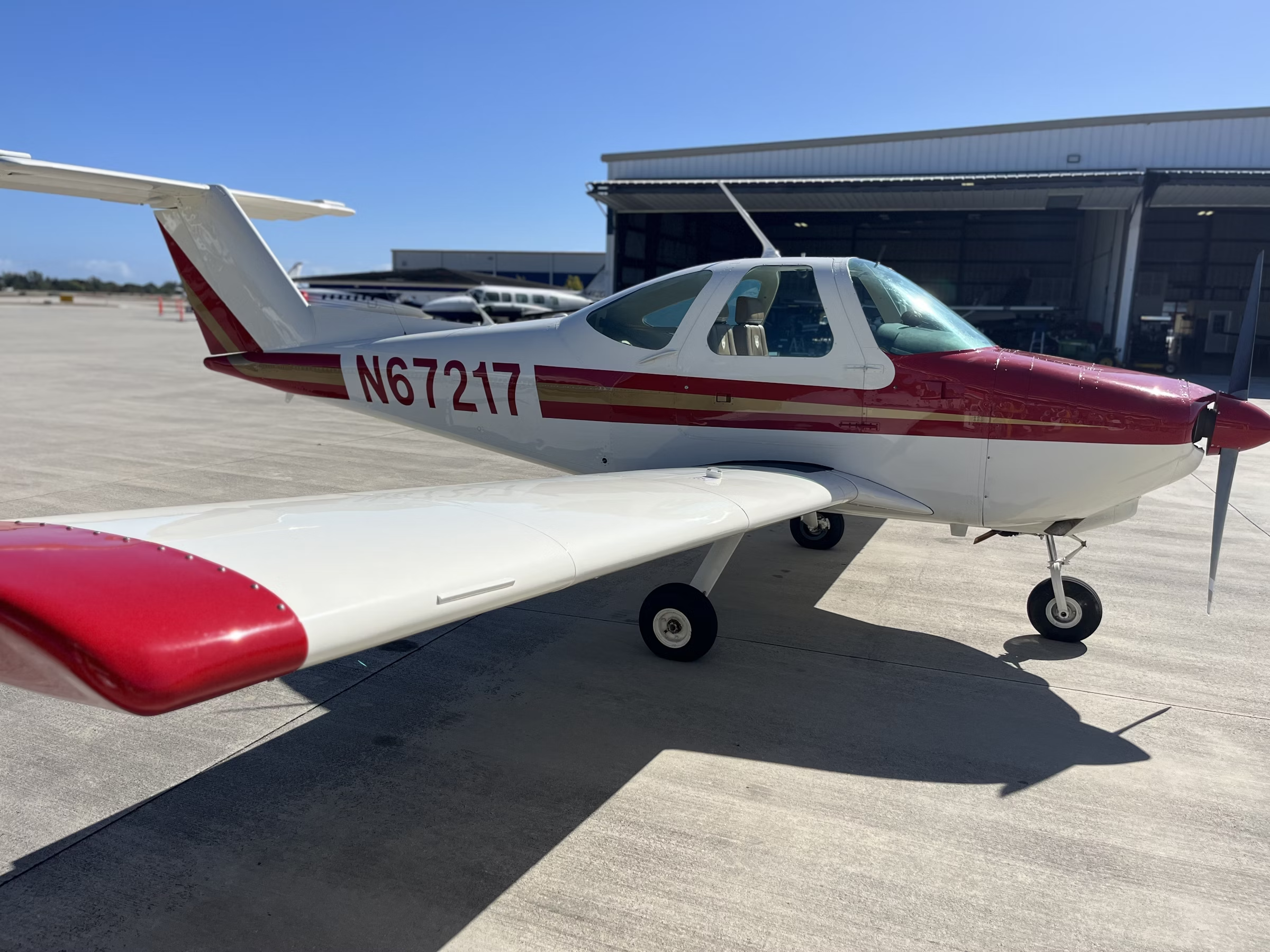Dutch Fokker D.VII Fighter Looted During WWII to Be Returned
World War I-era biplane taken by Nazis was found by U.S. ‘Monuments Men’ in a barn in Germany.

World War I type Fokker D.VII [Courtesy: National Military Museum]
Eight decades after a Dutch Fokker D.VII Fighter was looted by Nazis, the World War I-era fighter biplane is set to return to the Netherlands, the National Military Museum (NMM) located there announced.
The aircraft, which is currently in the possession of the Deutsches Museum in Munich, will be on display at the Dutch military museum located in Soesterberg, Netherlands, in September.
Its journey back to the Netherlands has been long in the making.
The aircraft was taken during World War II to become part of a Nazi-Luftwaffe museum planned by Hermann Göring, who orchestrated a large-scale looting campaign of Jewish assets and those of countries occupied by German forces. He was the second most powerful official in Nazi Germany, second only to Adolf Hitler himself, according to the United States Holocaust Memorial Museum.
Göring's Hidden Treasure
"In 1945, American MFAA (Monuments, Fine Arts and Archives) servicemen, better known as the ‘Monuments Men,’ in search of stolen artistic treasures in amongst other things hit on a Fokker D.VII in a farm barn in Vilsbiburg," NMM said in a statement.
Unaware of the aircraft's origin, the Americans then gave the aircraft to the Deutsches Museum.
The aircraft proved to be but a drop in the bucket of looted assets. According to the Smithsonian Institution, the Monuments Men would go on to discover Göring's hidden collection of more than 1,000 pieces of art stolen from museums and homes—worth about $200 million and scattered in secret locations throughout Germany and the Bavarian Alps.
"At that point in time, little to nothing was known about the aircraft's provenance and true identity," NMM said.
That all changed in the 1980s when the German museum began work to restore the biplane, revealing Dutch nationality markings and roundels, and a registration number.
"More recent and extensive German research showed beyond doubt that the aircraft is Dutch, although its identity cannot be ascertained with certainty,” NMM said. “Which was reason enough for the German museum staff to look into matters more closely and get in touch with their colleagues in the Netherlands."
Museum officials in both countries continue to investigate the aircraft's story.
"The time span between May 1940, when the Fokker D.VII carrying registration number D-28 was demonstrably still in the Netherlands, and December 1945, when the D.VII was uncovered in a barn in the Bavarian town of Vilsbiburg, remains one big black hole," NMM said.
The unanswered questions, for now, mean the aircraft's return to the Netherlands is considered short term—for five years—"because there is no legal basis for restitution at the present time," NMM said.

Sign-up for newsletters & special offers!
Get the latest FLYING stories & special offers delivered directly to your inbox






